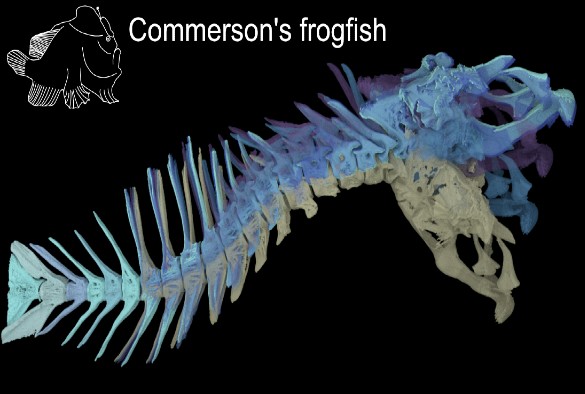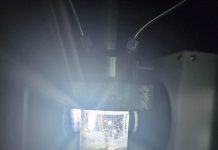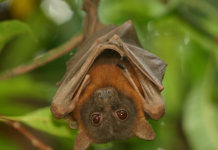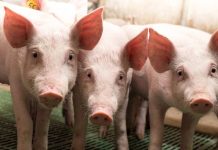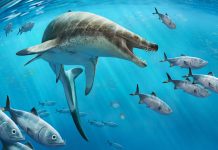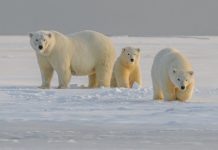A University of Liverpool researcher has discovered that fish can bend their spines and heads upwards, despite having different anatomy from humans and other land-dwelling vertebrates.
The paper revealing the findings of the study, A neck-like vertebral motion in fish, was published today in Proceedings of the Royal Society B: Biological Sciences.
Its author, Dr Ariel L Camp measured spine motion in rainbow trout and frogfish using x-ray videos and digital animation.
She said: “Instead of using just the vertebral joints right behind the head like a human would, these fish flexed up to two-thirds of their spine when lifting their heads to eat. This shows fish move their spine three-dimensionally during swimming and feeding, helping us understand the evolution of the backbone—and specifically the neck—in vertebrate animals.
“Tetrapods (four limbed animals) use their neck to move the head three-dimensionally, relative to the body and limbs. Fish lack this anatomical neck, yet during feeding many species elevate the head relative to the body. Cranial elevation is thought to result from the craniovertebral and cranialmost intervertebral joints acting as a neck, by dorsally rotating (extending). However, this has never been tested due to the difficulty of visualizing and measuring vertebral motion in vivo. I used X-ray reconstruction of moving morphology to measure three-dimensional vertebral kinematics in rainbow trout and Commerson’s frogfish during feeding.
“Despite dramatically different morphologies, in both species dorsoventral rotations extended far beyond the craniovertebral and cranial intervertebral joints. Trout combine small (most less than 3°) dorsal rotations over up to a third of their intervertebral joints to elevate the neurocranium. Frogfish use extremely large (often 20–30°) rotations of the craniovertebral and first intervertebral joint, but smaller rotations occurred across two-thirds of the vertebral column during cranial elevation. Unlike tetrapods, fish rotate large regions of the vertebral column to rotate the head. This suggests both cranial and more caudal vertebrae should be considered to understand how non-tetrapods control motion at the head–body interface.”
This work was supported by the UKRI Biotechnology and Biological Sciences Research Council and the US National Science Foundation.
Dr Ariel L Camp is a BBSRC Discovery Fellow at the University of Liverpool. Her research examines the way animals move: how their muscles and bones work together to produce motions as extraordinary as flying or as common as breathing. Specifically, she focuses on the interface between the head and body: the neck, examining its shape and recording how it moves in 3D using tools like slow-motion video, x-ray images, and digital animations. The results reveal patterns in the history of animal evolution, and are also a source of inspiration for human designers who want to build moving machines or simply improve how we move our own bodies.

